The Falloon Files: 1973 BMW R90S
Let's Boxer
In 1973, I was beginning to look at the streetbike magazines as well as the dirtbike ones on the magazine rack at Lyons Drug; there must’ve been 20 or 30 of them, and plenty of time to browse as there was no www, and very little hope of obtaining any motorcycle at all anytime soon. The 1973 BMW R90S was a chunk of pure unobtanium, from a planet far, far away, that knocked my striped tube socks completely off. Ian Falloon wrote an entire 128-page book about it.
Some motorcycles redefine the perception of a marque. Prior to the release of the R90S at the end of 1973, BMW motorcycles were considered stodgy, conservative, and plainly unexciting. A BMW was great for hauling sidecars or undertaking long distance cross-country trips, but it was hardly a sports bike. If you were younger than forty it simply wasn’t cool to be seen on a BMW but the R90S changed that. In its day the R90S provided unsurpassed on-the-road performance, but even more significant than the performance was its style. The R90S was the first production motorcycle to feature a factory-fitted fairing as standard equipment. And if the café-racer look wasn’t enough to make the R90S stand out from the crowd the paint scheme was. Early examples came in smoke black, and from 1975 Daytona Orange was an option. With hand-painted pin striping and a horrendous price tag there was just nothing else like the R90S at the time. This was the motorcycle that epitomised the era. An emphasis on style was in ascendance, and the R90S was marketed as a luxury accessory for the new breed of affluent motorcyclist.
The R90S engine was based on the R90/6 touring model. Released concurrently, this was a development of the new generation R75/5 introduced in 1969, but incorporated a five-speed gearbox and a larger alternator for more reliable starting. Whereas the oversquare 90×70.6mm dimensions were shared between the 90/6 and 90S, the R90S had higher compression (9.5:1) pistons and larger carburettors to crank out its 67 horsepower at 7,000 rpm. Rather than the ubiquitous Bing carburettors, Italian Dell’Orto PHM38mm carburettors with accelerator pumps fed the R90S. But while the Italians continued to fit noisy antisocial mufflers the R90S remained whisper quiet, right up to the top speed of around 200 km/h. It was also easy to live with, with most maintenance tasks well within the capability of the owner. Easily adjusted pushrods operated the overhead valves, while the ignition was by points conveniently located at the front of the engine.
Also setting the R90S apart were the twin 260mm disc brakes, even if the floating single piston ATE brake calipers lacked ultimate power. The master cylinder was also strangely mounted underneath the fuel tank, operated by a Bowden cable from the handlebar lever. This was designed to protect the master cylinder in the case of an accident but the result was a remote, spongy action. With its shaft drive and long travel suspension the R90S may have lacked the sharpness and handling precision of comparable Italian sportsters but it more than made up for it in civility. Included were several practical features previously unheard of on motorcycles.
Instrumentation inside the beautifully finished fairing included a clock and ammeter. Out of sight was a three-way adjustable hydraulic steering damper and when it came to the toolkit the R90S left every other motorcycle in the shade. Not only comprehensive, this included an official BMW towel, tyre repair patches, and a tyre pump under the seat. The wheel rims were aluminium and the build quality and finish was unmatched.
But the R90S was not just style without substance. On the road it excelled. The frame, with its bolted on rear subframe may have been found wanting in terms of ultimate strength but for most purposes it was more than adequate. Long travel suspension provided a plush ride but was also sufficiently damped for spirited riding. The moderate wet weight of 215kg and reasonable 1,465mm wheelbase contributed to a package that was manoeuvrable without being ponderous. The 24-litre fuel tank also provided a touring range close to 400 kilometres and the comfort level was unmatched.
The R90S was an instant success. Over a three year period BMW sold as many as they could make, building 17,455 before the R100S replaced it in 1977. But it is the R90S that stands out and is now remembered. Unquestionably the classic BMW motorcycle of the modern era, the R90S was BMW’s first, and arguably its best ever Superbike. And it is a classic bargain. More expensive than even the Ducati 750 SS “Green Frame” in its day, the R90S is now the most affordable exotic Superbike of the Seventies.
We are committed to finding, researching, and recommending the best products. We earn commissions from purchases you make using the retail links in our product reviews. Learn more about how this works.
Become a Motorcycle.com insider. Get the latest motorcycle news first by subscribing to our newsletter here.
More by John Burns




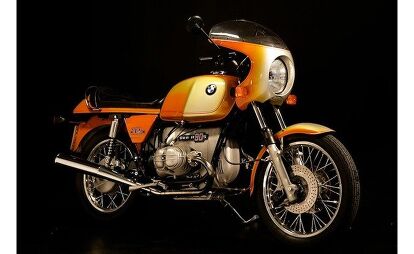




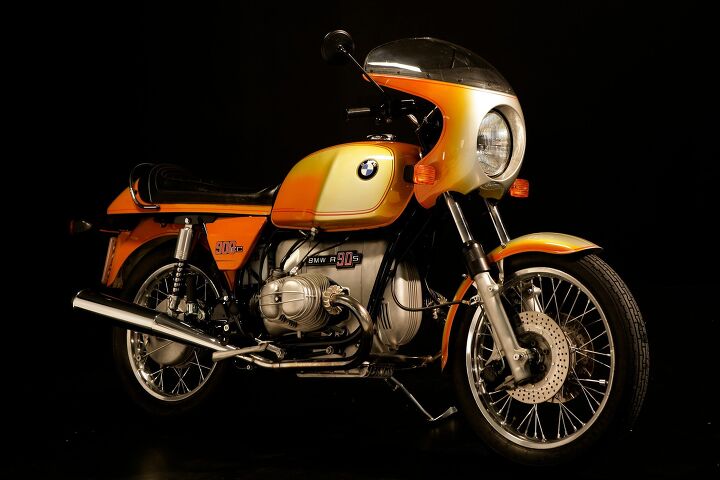








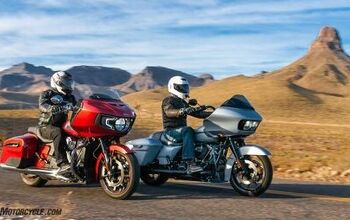

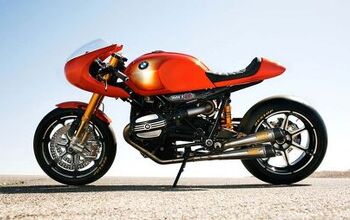




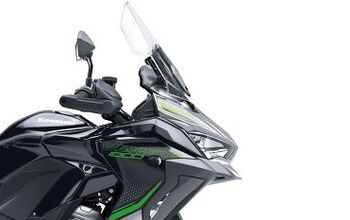









Comments
Join the conversation
Goddamn JB, you sure can drip honey.
I miss my tube socks!
Or maybe I miss the days of tube socks. Don't know.
In 1973 I was an editor of motorcycle books at Chilton Book Co. I was a long hair rider of a home built ‘71 750 Honda cafe racer and the good people of BMW still entrusted me with one of the first R90s in the country. It was the best handling bike I had ever been on and I soundly thrashed it for a day before returning it none the worse for wear. No paperwork, no look at my license, just a grin and a handshake. Simpler times.